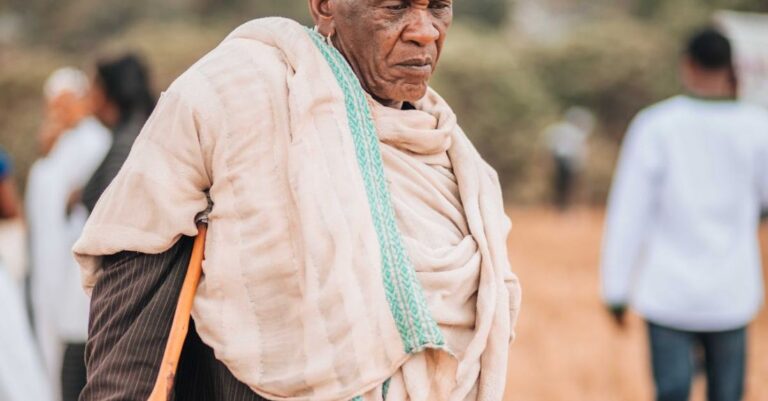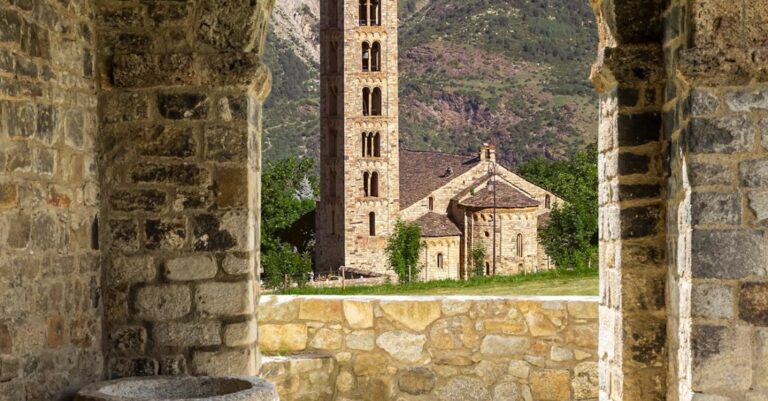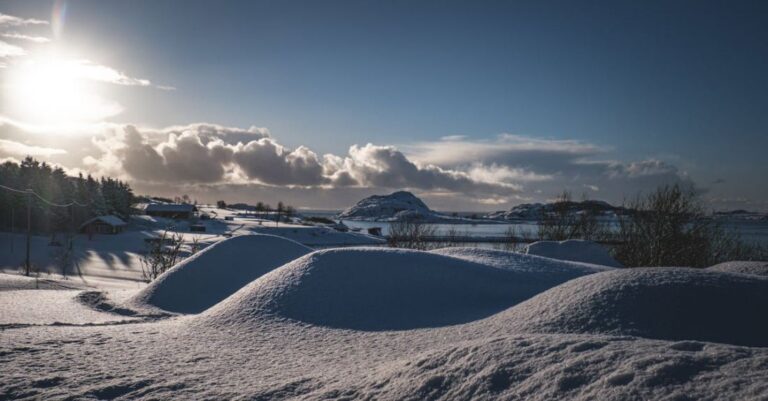Nestled in remote corners of the world are hidden villages that have preserved unique traditions and ways of life for generations. These villages offer a glimpse into a world untouched by modernity, where ancient customs and rituals continue to thrive. From the misty mountains of Peru to the lush forests of Japan, these hidden gems are a testament to the resilience of traditional cultures in the face of globalization.
Peruvian Andes: Where Quechua Traditions Endure
In the heart of the Peruvian Andes lies a cluster of hidden villages where the Quechua people have lived for centuries. These villages, perched high in the mountains, are home to a rich tapestry of traditions that have been passed down through generations. The Quechua people are known for their vibrant textiles, intricate pottery, and colorful festivals that celebrate the cycles of nature. One such village is Ollantaytambo, where ancient agricultural terraces still line the hillsides and traditional Quechua ceremonies are held to honor the land and its fertility. Visitors to these hidden villages can immerse themselves in the unique culture of the Quechua people, learning about their customs and way of life firsthand.
Japanese Alps: The Art of Minka Living
In the Japanese Alps, hidden villages known as minkas dot the landscape, offering a glimpse into a traditional way of life that is rapidly disappearing. Minkas are traditional Japanese farmhouses that have been passed down through generations, each one a testament to the craftsmanship and ingenuity of the people who built them. These villages are characterized by their thatched roofs, wooden beams, and tatami mat floors, creating a sense of timelessness that is rare in modern Japan. Visitors to these hidden villages can experience the art of minka living firsthand, participating in traditional activities such as tea ceremonies, rice planting, and weaving. The minkas of the Japanese Alps are a living museum of Japan’s rural past, providing a window into a world that is at once ancient and timeless.
Moroccan Atlas Mountains: Berber Hospitality in Remote Villages
In the rugged terrain of the Moroccan Atlas Mountains, hidden villages are home to the Berber people, a proud and resilient culture that has thrived in this harsh environment for centuries. The Berbers are known for their hospitality, welcoming visitors with open arms and sharing their traditions with anyone willing to listen. In these remote villages, Berber women still weave intricate carpets by hand, men tend to their flocks of sheep, and children play in the dusty streets, their laughter echoing through the valleys. One such village is Aroumd, where the snow-capped peaks of the Atlas Mountains provide a stunning backdrop to the simple mud-brick homes and terraced fields that dot the landscape. Visitors to these hidden villages can experience Berber hospitality firsthand, staying in traditional guesthouses, sharing meals with local families, and learning about the customs and traditions that have sustained the Berber people for generations.
Hidden Gems: Preserving Cultural Heritage for Future Generations
As the world becomes increasingly interconnected, these hidden villages serve as a reminder of the importance of preserving cultural heritage for future generations. In a rapidly changing world, where traditions are often cast aside in favor of modernity, these villages stand as a testament to the resilience of traditional cultures and the value of preserving the past. By visiting these hidden gems, we can learn from the people who call them home, gaining a deeper appreciation for the diversity and richness of the world’s cultural heritage. In doing so, we can ensure that these hidden villages and their unique traditions continue to thrive for generations to come.




